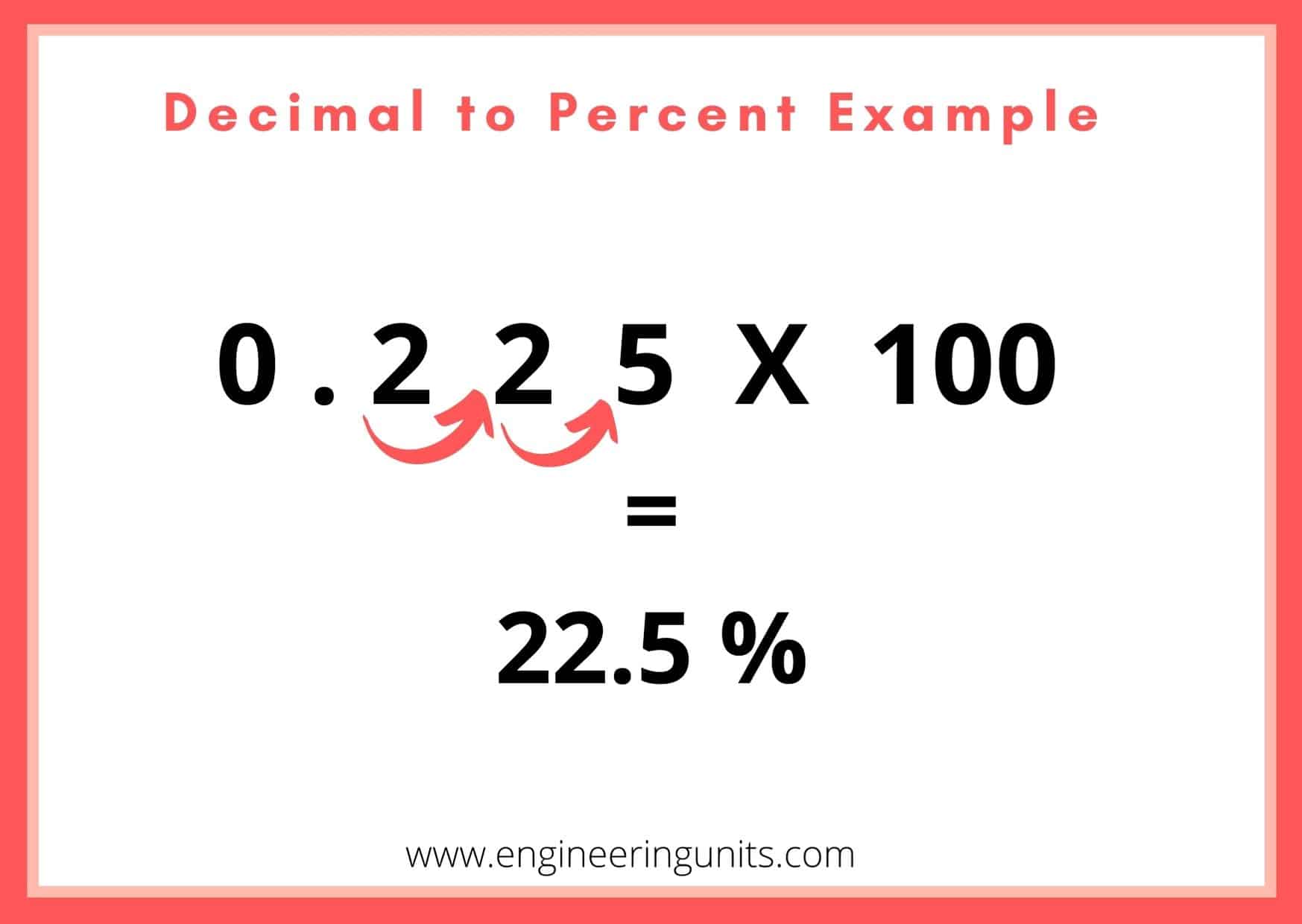
In any case, volumes are not necessarily additive in mixtures the volume of the mixture (and therefore density) may differ from the sum of the constituent parts.

Is water the ONLY other ingredient added? Your opening says another polymer. You would as a minimum need an experiment to determine whether approximating the volumes as additive is reasonable. They are generally only solvable if you know the actual density of the mixture. This is common in ethanol/water mixtures for example. Volume Fraction = (49.96/ 53+49.96)x100 = 49%Is water the ONLY other ingredient added? Your opening says another polymer. I've had an attempt at some calculations, would the following be correct:ĥ3% w/w = 53g of water + 47g of phytantriol:brij mixtureĤ7g = 37.6g phytantriol (80%): 9.4g brij (20%) The densities of the phytantriol and brij were stated and the mixture was 80:20. Then divide by density of of water (1 kg/L) to get water volume, divide by the known control volume you started with to get percent water by volume. you know the total mixture weight, multiply by percent water to get water weight. Then consider a control volume of say one liter. Many thanks in advance :-)You would need to know the density of the mixtures (which will be different from each other). If one was done with workings out that would be brilliant as I could apply the data to the rest then to get an even more of an understanding. How do I go about converting these into a volume fraction? Through graphical analysis I have managed to obtain that at different concentrations of the polymer, the following water contents by weight are found present: Get instant help with mathematical, physics, chemistry concepts you never seemed to understand during your assignments from Onlinecalculator.I have a mixture of 80% phytantriol and 20% brij to which another polymer of different concentrations has been added which altars the water content present within the phases exhibited. GCF of 24, 100 is 4 and on dividing, we get the resultant fraction as follows Reduce the fraction to its simplest form by dividing top and bottom with its GCF. Place the Percentage Value at the top over 100. If the Top number of the fraction isn't a whole number multiply both top and bottom until the top number is a whole number.In this method of changing from Percent to Fraction place the percentage directly as top number over 100.Method 2: Place the Percentage in a Fraction Over 100 If the decimal number is not a whole number then multiply the top and bottom of the fraction by 10 until the top number is a whole number.To change from decimal to fraction place the decimal value obtained as the top number over fraction 1.To finish the conversion, change from decimal to fraction.Remove the % symbol from the decimal number.To convert to decimal value firstly divide the Percent Value by 100.One way of converting Percent to Fraction is to first change from Percent to Decimal and then Decimal to Fraction. Method 1: Change to Decimal and then to Fraction

Follow along to know about them in detail. We have jotted the two methods to change from Percent to Fraction. There are a few ways to convert Percentage to Fraction.


 0 kommentar(er)
0 kommentar(er)
